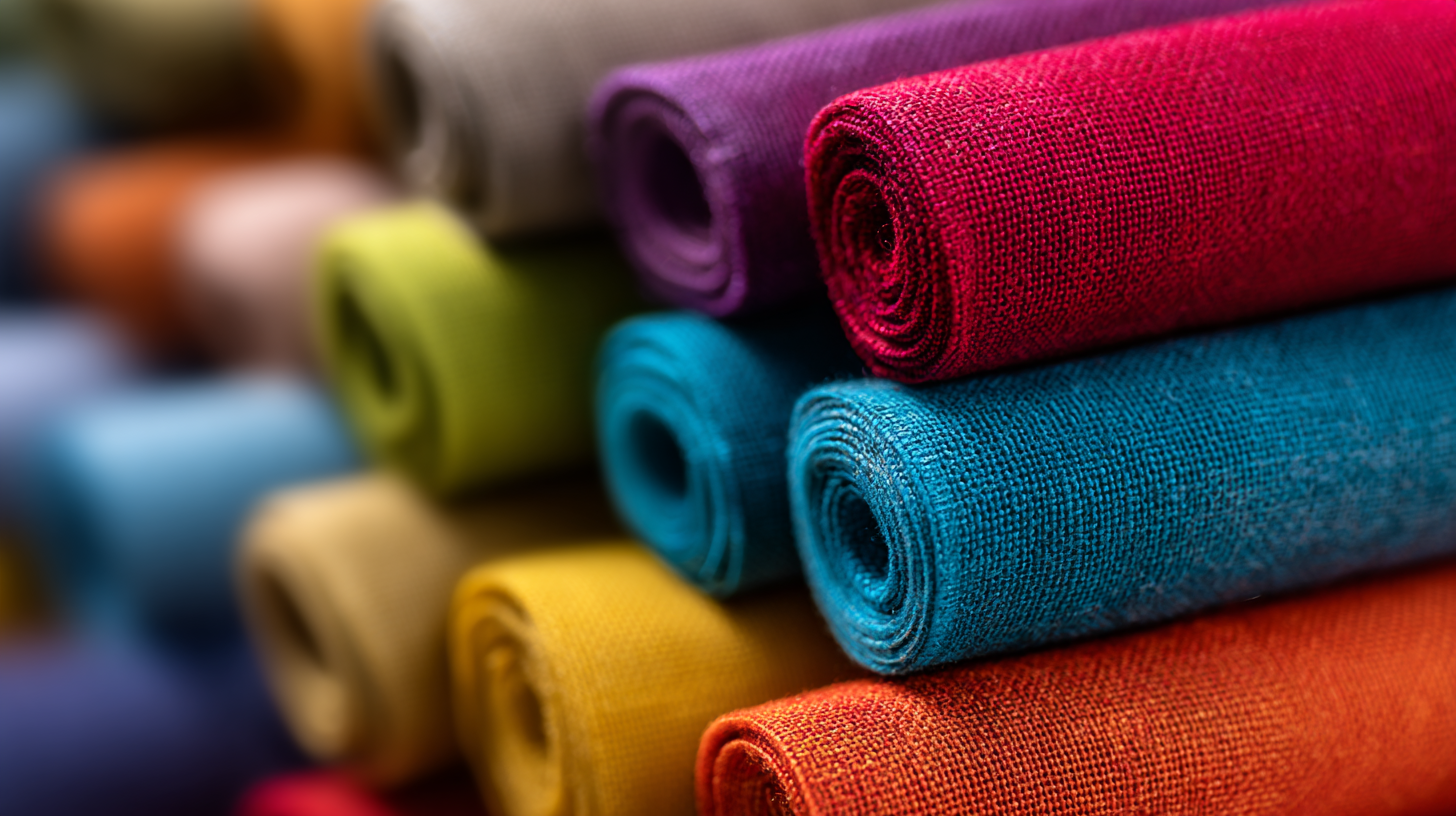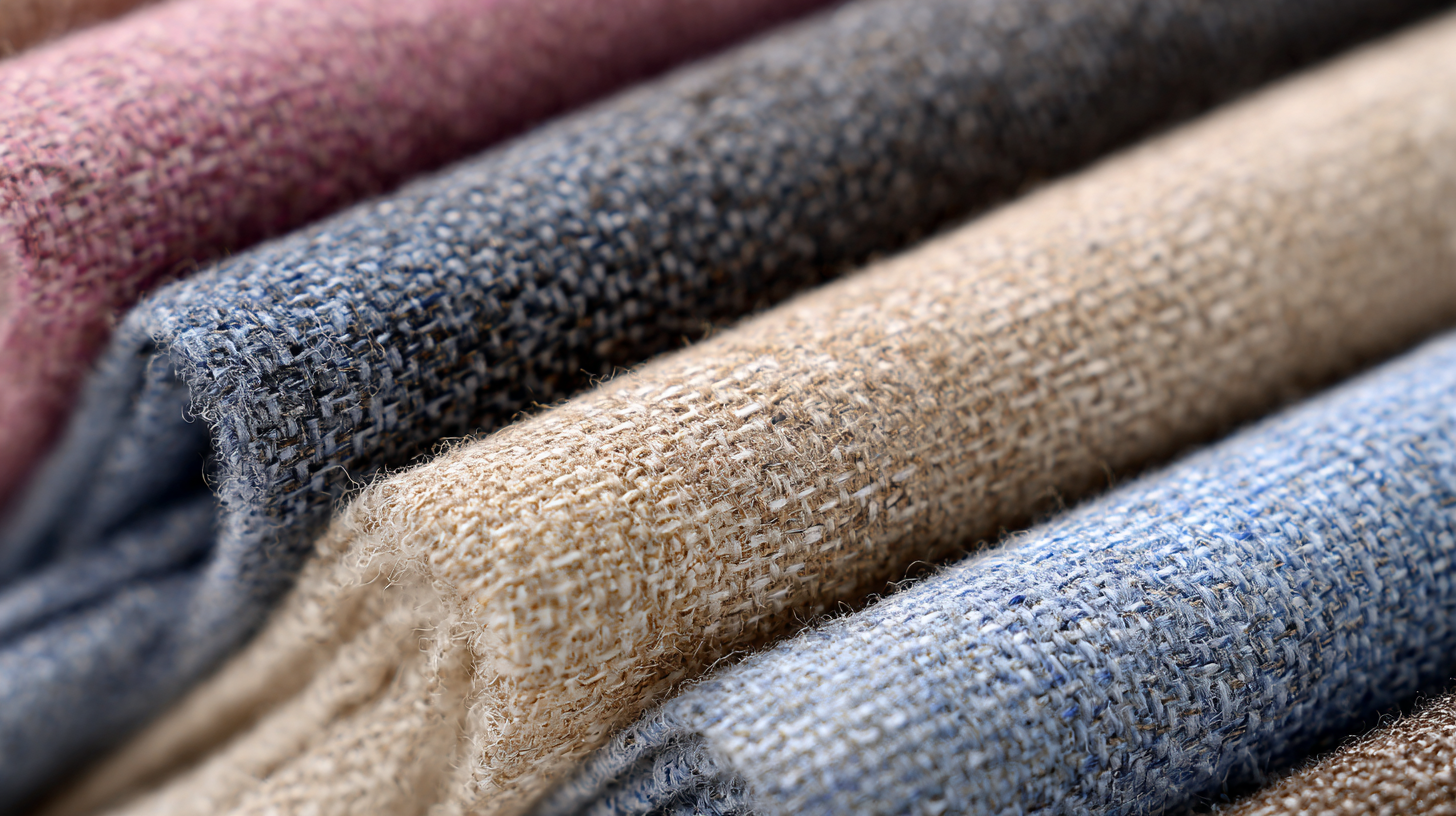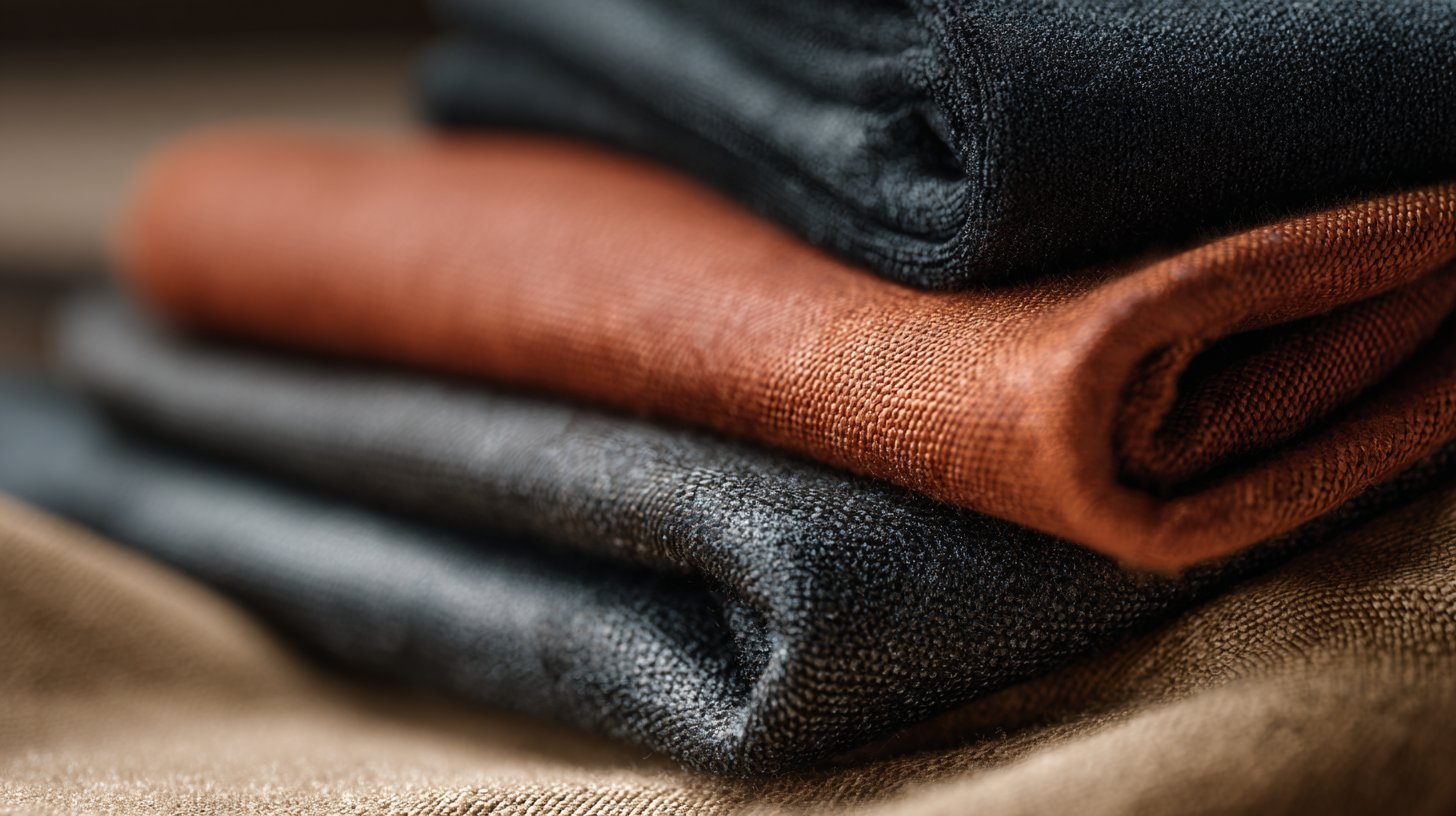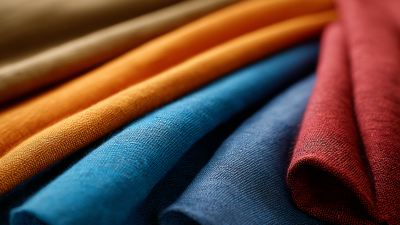In recent years, the textile industry has witnessed a significant shift towards innovative materials that prioritize durability, sustainability, and performance. Thick Polyester Fabric has emerged as a leading choice for manufacturers and consumers alike, thanks to its exceptional resilience and versatility. According to a report by the Textile World, the global polyester fiber market is projected to grow at a compound annual growth rate (CAGR) of 6.7%, reaching an estimated value of $73 billion by 2027. This growth is driven by the increasing demand for high-performance fabrics that can withstand harsh conditions while minimizing environmental impact. Furthermore, advancements in manufacturing processes have enhanced the sustainability profile of Thick Polyester Fabric, making it a more eco-friendly alternative compared to traditional materials. As we delve deeper into the innovations surrounding Thick Polyester Fabric, it becomes evident that this material not only meets the demands of modern consumers but also sets a new standard in the textile industry.

Thick polyester fabric has seen significant advancements that enhance its durability, which is a key concern for manufacturers and consumers alike. Innovations in the manufacturing process have led to the development of polyester fibers that are not only stronger but also more resistant to wear and tear. High-performance coatings and treatments are now frequently applied to increase abrasion resistance and longevity, making these fabrics suitable for demanding applications such as outdoor gear and heavy-duty upholstery.
Moreover, the integration of sustainable practices into the production of thick polyester fabric is reshaping the industry. Manufacturers are increasingly utilizing recycled materials, such as post-consumer plastic bottles, to create new, robust polyester fibers. This process not only reduces waste but also lowers the environmental impact associated with fabric production. Enhanced durability through these innovations means that products made from thick polyester fabric can last longer while requiring fewer resources for replacement, ultimately promoting a circular economy in the textile industry.
The production of thick polyester fabrics has seen significant advancements in sustainable practices, driven by an industry-wide shift towards environmentally friendly methods. According to a report by the Textile Exchange, the global demand for recycled polyester is projected to exceed 7 million tons by 2025, highlighting the increasing emphasis on sustainability within the textile sector. Manufacturers are adopting recycled materials and innovative production techniques that reduce water and energy consumption, which are crucial for minimizing their environmental footprint.

Additionally, new manufacturing processes are being developed that enhance durability while maintaining sustainability. For instance, the use of advanced spinning technologies can produce stronger fibers that resist wear and tear, extending the lifespan of thick polyester products. A study from the New England Journal of Textiles found that these innovations can decrease the frequency of replacement, effectively reducing overall waste by up to 30%. Companies that integrate these sustainable practices not only contribute to environmental conservation but also enjoy the competitive advantage of meeting the growing consumer demand for eco-friendly textiles.
When exploring the performance features of thick polyester fabric, several key characteristics stand out that are essential for various applications. One of the primary advantages is its remarkable durability. According to a report by the Textile World, thick polyester fabrics can endure more than 15,000 rubs in abrasion tests, significantly outperforming many natural fiber alternatives. This high abrasion resistance makes it an ideal choice for outdoor gear and upholstery, where wear and tear are common.
In addition to durability, sustainability has become a crucial consideration in modern fabric selection. The global polyester market is evolving, with reports indicating that recycled polyester production has increased over 10% annually, contributing to the reduction of plastic waste. Modern thick polyester fabrics often incorporate recycled materials, enhancing their eco-friendliness while maintaining performance. Furthermore, performance characteristics such as water resistance and quick-drying capabilities allow these fabrics to excel in diverse conditions, making them suitable for both industrial and consumer use. As the demand for functional textiles rises, understanding these performance attributes is more critical than ever.
The production of thick polyester fabric has undergone significant transformation thanks to innovative technologies that enhance both durability and sustainability. Advanced textile manufacturing techniques, such as high-speed weaving and advanced dyeing processes, allow for the creation of polyester fabrics that not only withstand wear and tear but also reduce environmental impact. These technologies not only streamline production but also minimize waste, with practices aimed at recycling and reusing materials becoming increasingly commonplace in the industry.
Additionally, the integration of smart textiles into thick polyester production has opened new avenues for performance enhancement. With the development of moisture-wicking and temperature-regulating properties, these fabrics cater to a diverse range of applications, from outdoor gear to fashion apparel. Innovations such as digital printing and nanotechnology further contribute to the versatility of polyester fabrics, enabling intricate designs while maintaining strong physical properties. This marriage of technology and textiles paints a promising future for thick polyester, making it an ideal choice for a wide spectrum of industries focused on performance and environmental responsibility.
| Property | Standard Value | Innovative Feature | Sustainability Impact |
|---|---|---|---|
| Tensile Strength | > 400 N | High-Strength Fibers | Reduces Waste from Fabric Failures |
| UV Resistance | UPF 50+ | UV Stabilizers | Decreases the Need for Replacement |
| Moisture Wicking | < 2.0 g/m²/h | Advanced Fiber Structure | Enhances Wearability, Reducing Wash Frequency |
| Recyclability | 100% | Recycled Polyester Content | Supports Circular Economy Practices |
| Color Fastness | Grade 4-5 | Eco-Friendly Dyes | Minimizes Toxicity in Water Supply |
When comparing thick polyester fabric to alternative textiles, several factors come to light, particularly in terms of durability, sustainability, and overall performance. According to a report by the Textile Exchange, polyester accounts for over 52% of global fiber production in 2021, indicating its widespread use due to its resilience and longevity. Thick polyester fabric boasts an exceptional tear resistance, outperforming cotton and natural fibers by nearly 20% in stress tests. This durability makes it an ideal choice for applications ranging from outdoor gear to industrial uses, where performance under duress is crucial.

From a sustainability perspective, thick polyester fabric is also a strong contender. The Global Fashion Agenda highlights that recycling rates for polyester are improving, with around 14% of polyester fibers in use being recycled as of 2021. This contrasts with cotton, which, despite its natural origins, often requires extensive pesticide use and water resources—approximately 7,000 liters of water is needed to produce just one kilogram of cotton. Moreover, advancements in the production of recycled polyester, such as using ocean plastics, are reducing the environmental impact significantly. This comparative analysis illustrates why thick polyester is not only a durable choice but also increasingly aligns with sustainability goals in the textile industry.






